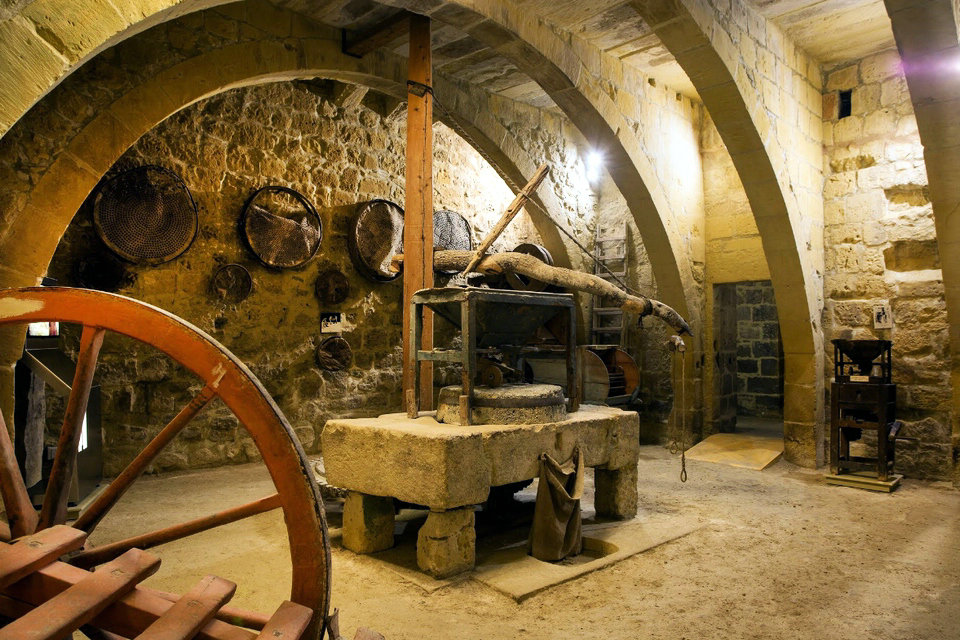Gran Castello Historic House, Ir-Rabat Għawdex, Malta


The Gran Castello Historic House (Maltese: Dar Storika tal-Gran Kastell), is housed in a cluster of medieval houses in Bernardo DeOpuo Street in the Citadel in Victoria, Gozo., is a historic house museum dedicated to Gozitan folklore in Victoria, Gozo, Malta. It is located within a cluster of 16th century houses in the Cittadella, which were rehabilitated as a museum in 1983.
The museum’s collections relate to the domestic, rural and traditional ways of life in the agrarian economy of the Maltese Islands and the many skills, crafts and traditions that have shaped everyday life on the islands over the centuries.
The interconnected houses hosting the museum, were probably built around the early 16th century. The architectural features betray some Sicilian and Catalan influences and show knowledge of a sophisticated Late Gothic style. Certainly, the houses belonged to wealthy families, as evidenced by the fine architectural features on the facade. These houses were rehabilitated as a museum in 1983.
The architectural features of the buildings housing the museum are in Sicilian style, and may owe something to the influence of the Chiaramonte family of Sicily and southern Italy when they were Counts of Malta in the late 14th century. Delicate baroque façades countervail the relatively plainness of interiors.
The exhibits on the ground floor relate to rural trades and skills like agriculture and stone-masonry. Here, one finds various traditional implements used in agriculture along with a varied selection of grinding mills. One substantial example occupies the centre of a large reconstructed mill-room. One also finds a large selection of tools used by carpenters and blacksmiths. The same ground floor display also includes grain and liquid measures and various types of weights and scales.
The display on the mezzanine level has a section devoted to such hobbies like the modelling of miniature churches, replete with religious accessories. An interesting ex-voto collection is another highlight which portrays bygone pious traditions.
The first floor, once the living quarters of the resident wealthy families, hosts an exhibition of items related to important local crafts such as lace-making and weaving and these are complemented by items related to the cotton industry like the cotton gin and the spinning wheel. Another small part of the first floor collection is devoted to the traditional fishing industry.
The traditional way of life of the local population is brought back to life with this array of material representations presented for public viewing in this museum.
It was renamed from Folklore Museum to Gran Castello Historic House museum in 2016, during the restoration of the Cittadella.